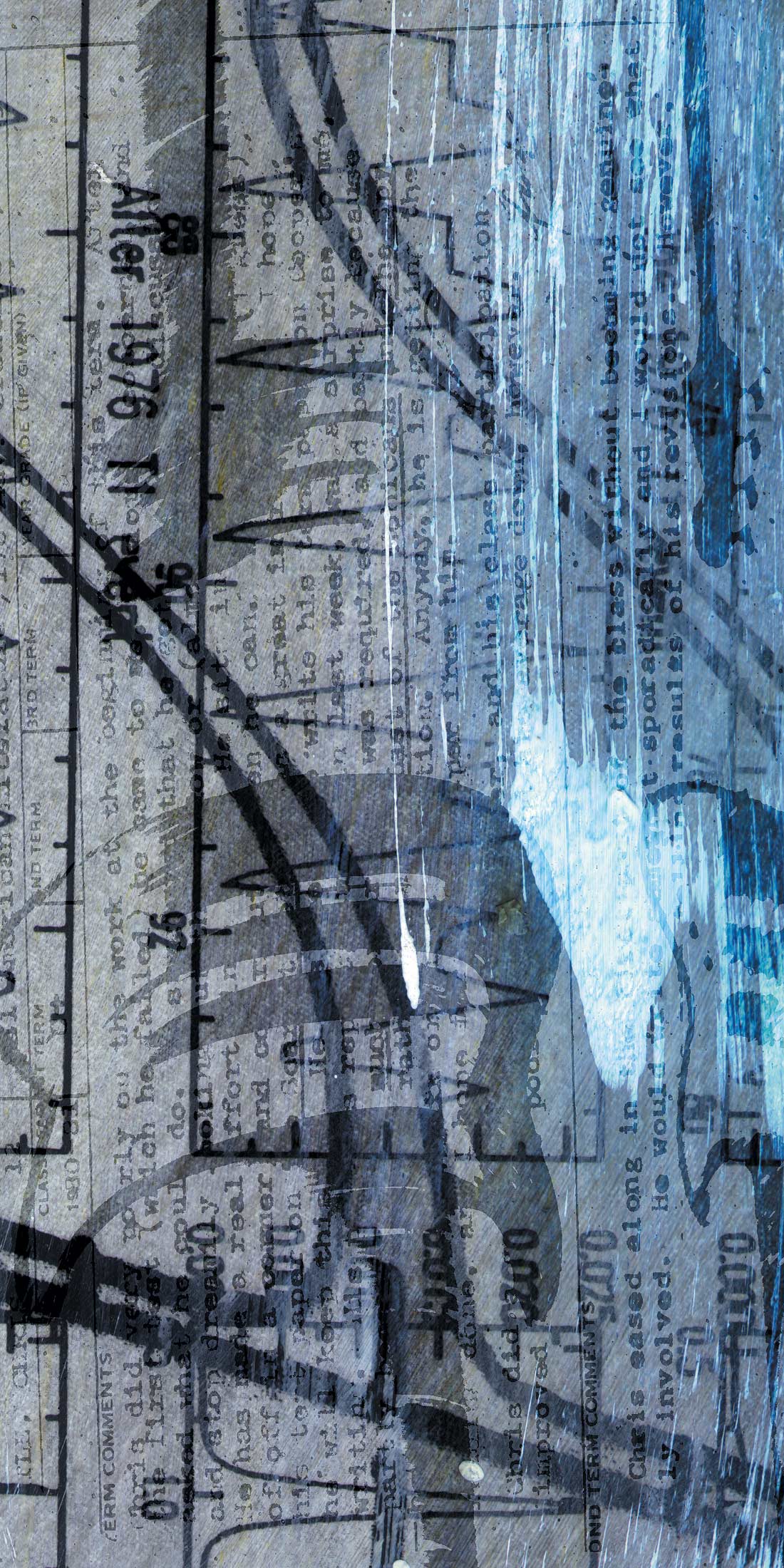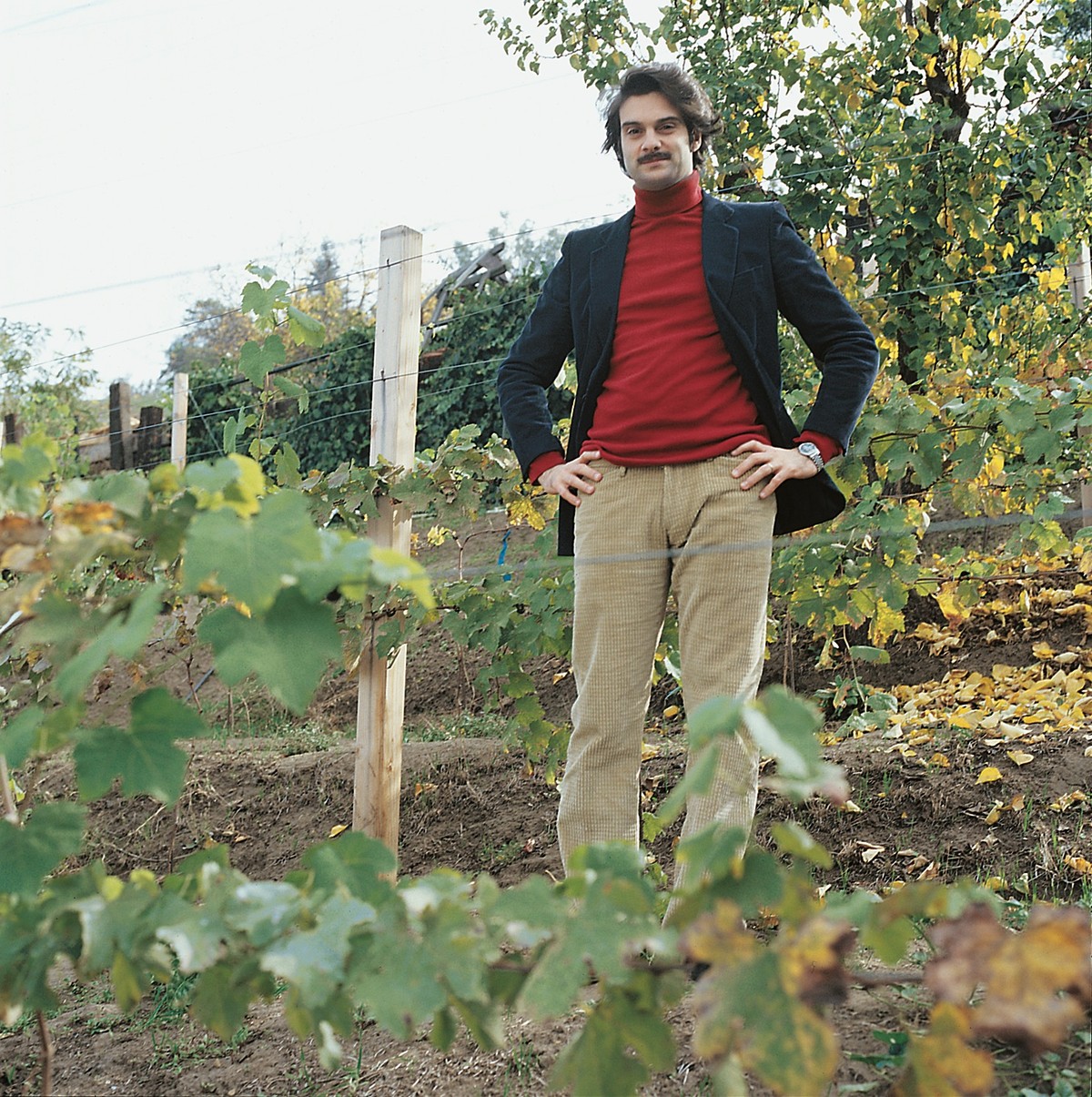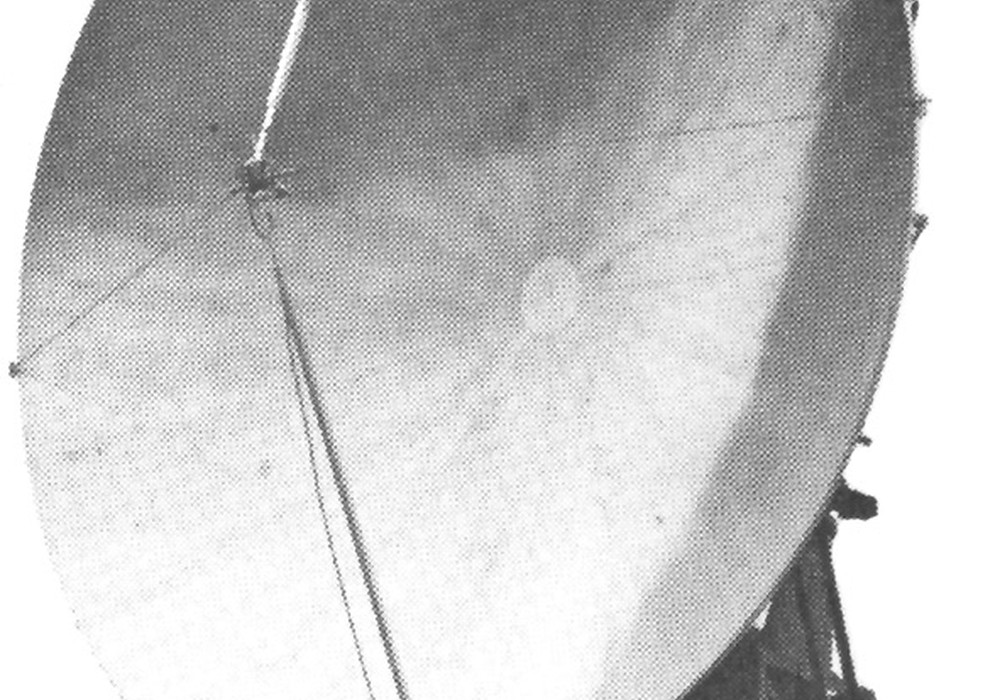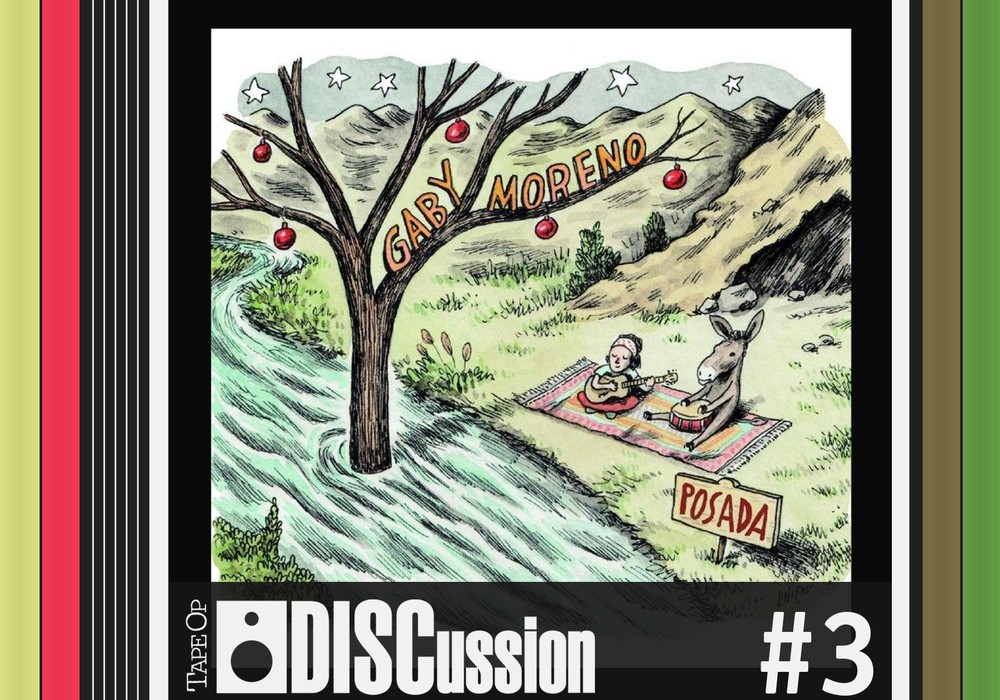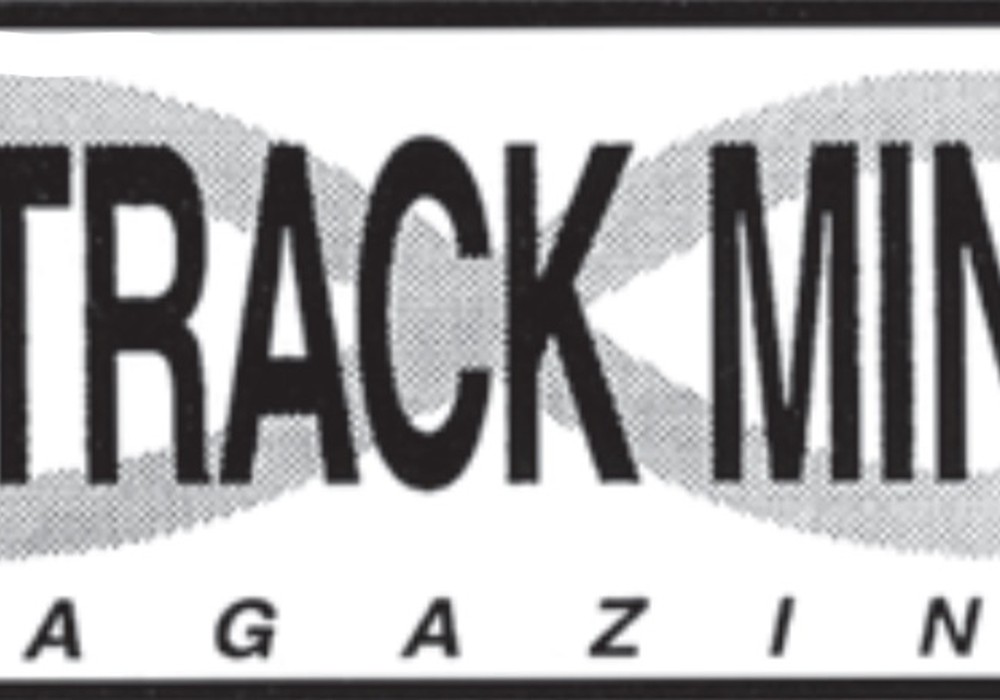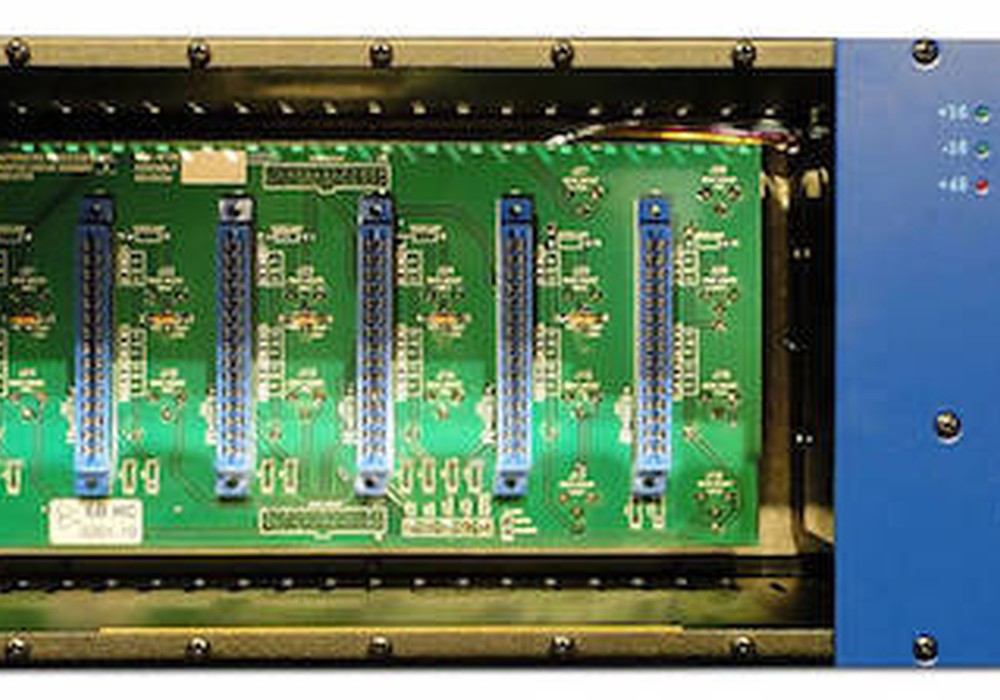Italian-born film composer Daniele Luppi grew up listening to the groovy lounge sounds of Italian pop music in the late '60s and early '70s. Used in advertising, film, television and radio, this musical style became so much a part of Luppi's life that he could not help but draw on its influence for his first full album, An Italian Story. Here, Luppi not only pays homage to the genre of his youth, but he takes it one very classy step further: he employed those musicians who originally brought the music to life to make his modern version of it shine.
Many producers have experienced that sigh-inducing moment when a musician asks to be made to sound like "famous dude x". The only answer is, of course, "Then let's get 'famous dude x' to play it." Luppi recognizes the uniqueness of each musician's sound and each studio's signature. Therefore, in order to re-create the early Italian pop sound he so loved, Luppi booked the studio where much of it was recorded and enlisted the band "Marc 4" (which included bassist and studio owner Maurizio Majorana, organ player Antonello Vannucchi, Roberto Podio on drums and Carlo Pes on guitar) to play his original scores. "Marc 4" is akin to an Italian "Wrecking Crew", having played on hundreds of favored soundtracks, including Nino Rota's Fellini films, and those of Trovajoli, Morricone, Umiliani, Piccioni, and other renowned maestros, as well as some of the American productions recorded in Rome, such as Liza Minelli's Cabaret and many of the Henry Mancini scores. Luppi went so far as to contact Maestro Alessandro Alessandroni — best known as "The Whistler" from Sergio Leone's spaghetti westerns (scored by Morricone), who is also a talented guitar player in his own right.
The stage was set: original players (Marc 4), original studio (Telecinesound in Rome), and an original engineer (Aldo Amici) running the original equipment (which, amazingly, was still in use at the studio). The only missing piece was an original composer, and this is where Luppi makes an old idea very much his own.
Luppi is young (early 30s), but his techniques are wise. He typically composes on a piano or Fender Rhodes, handwriting each part for each song. When asked about this style of composition, he simply states that, with all the modern "conveniences" of computers and samplers available to the modern day composer, it is all too easy to get sucked into the technology of the composition rather than concentrating on the composition, itself. In his mind, the melody is the thing — the most important part of composing — not the right sample. The right sample comes from a real, professional player actually playing the part written by a real human being and recorded in a live manner from start to finish. I like this guy.
His method of composition works wonderfully, too, when one has professional musicians on hand, and Luppi hired the best in the business. His entire album was recorded over five (five!) short days, all basic tracks were recorded live in one (one!) take to a Studer 24-track using Neumann microphones so properly placed that no EQ was necessary or used (no EQ!). An occasional Neve compressor made its way into the signal chain, but for the most part what we hear is a tried and true, classic-style recording, with a sound that is purely Italian. A few overdubs were added later: an additional guitar part, a vocalization, The Whistler, alternate solos, etc., but the fascinating thing is that one take, and only one take, was recorded because it was played perfectly each time! Granted, this combo of artists have been playing this style of music for 50 years now. Alternate takes came in the mixing stage when options arose to try different solos or a different mix with a different combination of instruments.
Luppi's album was mixed by Jeff Peters at Sonora Sound recorders in Los Angeles. The decision to mix at Sonora was made largely due to the availability of the API desk they have there, as well as two EMT plates and a spring reverb. Again, an admirable attention to instrument placement negated the need for automation and EQ. Luppi comments that when he composes a piece, he also composes the mix. He likes to place drums on the left, or to mix two sounds playing similar parts together so that they create a completely new texture that would not otherwise exist.
However you feel about this style of music, one listen to An Italian Story and you will be both transported back to late '60s Italy and drawn into the aural experience Luppi has created. It's refreshing to hear a recording made on the merits of tried-and-true talent. Makes great party music, too!
